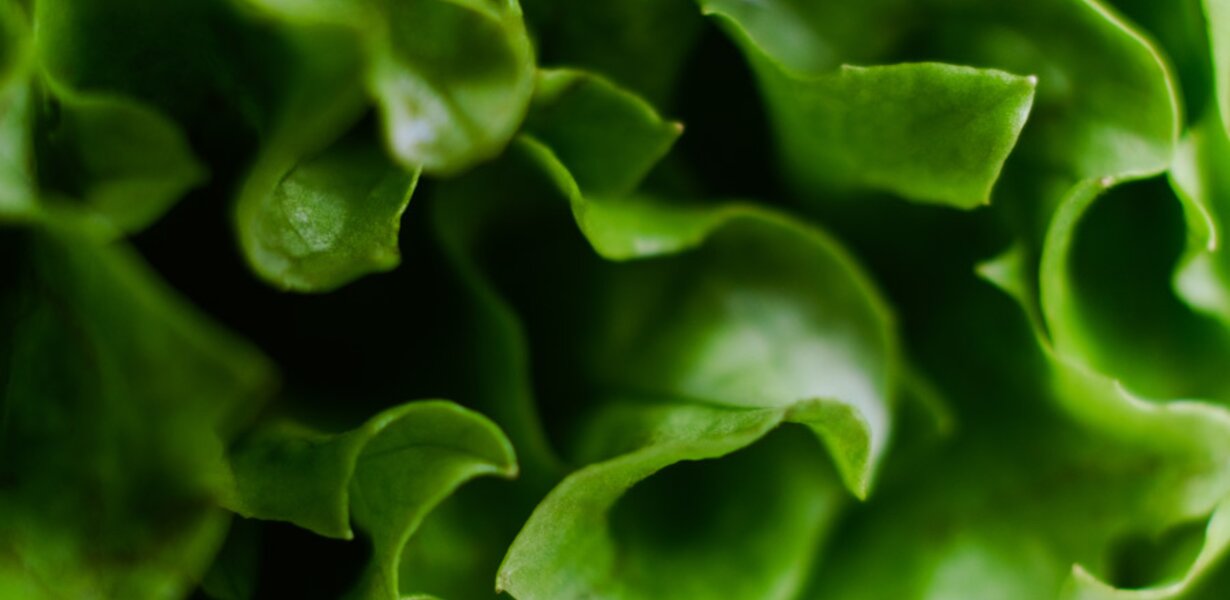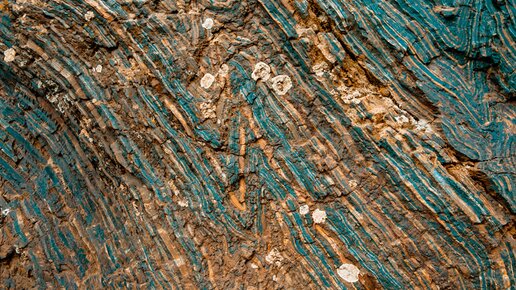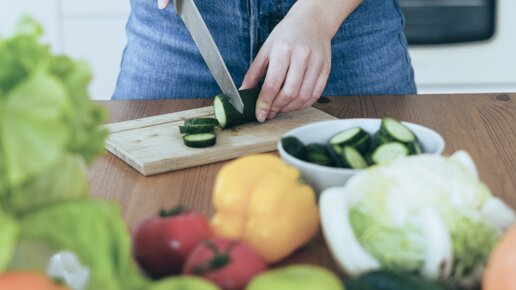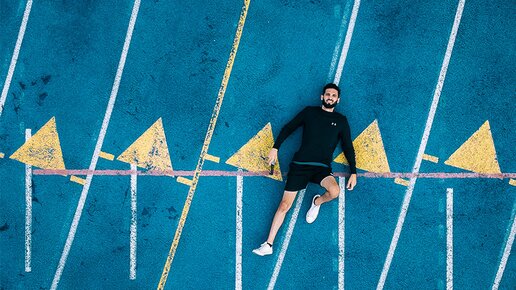If you are asked about a top iron supply, you usually think of meat. It is therefore not entirely surprising that plant-based dietary forms enjoy the doubtful reputation of supplying the body with too little iron. But are vegetarians and vegans actually predestined to suffer an iron deficiency? And what exactly is the story with vegetable iron? We would like to clarify this.
Is iron supply a "no-meat problem"?
Enough iron means energy and exuberance throughout life. This is also possible without meat. If a person eats exclusively vegan or vegetarian food this does not mean that they are automatically deficient when it comes to iron. Food tables show that not only animal products, but also selected plant-based foods have iron to offer.
Herbal iron sources: Vegan foods that contain a lot of iron
Foodstuffs | Iron (mg/100 g) |
| Foodstuffs | Iron (mg/100 g) |
Wheat bran | 16,0 | Sunflower seeds | 6,3 | |
Soy flour | 12,0 | Mung beans | 6,3 | |
Sesame seeds | 10,0 | Oat flakes | 5,8 | |
Amaranth | 9,0 | Wholemeal rye bread | 3,3 | |
Wheatgerm | 8,6 | Black salsify | 3,3 | |
Lentils, dried | 8,0 | Spinach | 3,4 | |
Quinoa | 8,0 | Peas | 1,6 | |
Husked millet | 6,9 | Mushrooms | 1,2 | |
Soybeans, dry | Broccoli | 0,8 |
Average values according to Souci-Fachmann-Kraut (2008 or 1991)
Table 1: Vegan foods with iron content
Value and ingestion of plant iron
However, it is not only the iron content of the respective food that is decisive for iron, but also how well it is usable for the body. And iron from plant sources performs significantly worse than haem iron from meat and fish. This is because of certain inhibitors (e.g. phytic acid, oxalic acid, tannins), which naturally occur in plants in varying quantities.
In order to be well supplied with iron as a vegan or vegetarian, special skill is required. The same also applies to other groups of people; such as children and adolescents, ambitious endurance athletes, blood donors and women who are expecting a child, breastfeeding or have heavy menstrual bleeding. They should all keep an eye on their blood iron levels.
Did you know? Herbal iron takes different routes
Until a decade ago, only two iron transport systems were known for the human intestine: A transporter for the absorption of divalent iron salts and another transporter for the absorption of haem iron from meat and fish. Thanks to a number of experiments, an international team of researchers has been able to identify a third transport route that was previously not known and that specialises in the plant-based storage of iron (ferritin). This discovery confirmed that the body is also capable of absorbing iron from plant-based foods and special iron-containing plant extracts. – A chance for all those people for whom the absorption of iron salts is a problem.
Can children meet their iron needs via vegetarian and vegan diets?
Whether a plant or mixed diet, iron supply should generally be monitored in children and, in the case of doubt, this should be clarified via laboratory diagnostics. If a child eats a vegan or vegetarian diet, it is important to make sure that enough iron-rich, plant-based foods are incorporated into the child’s diet. In addition, other tips for a good iron supply should also be observed (see "Plant iron: tips for a good supply"). However, it would be counterproductive if cutting out meat and sausages meant a super-abundant consumption of cow’s milk. Not only is milk itself low in iron, its high calcium and casein content can also inhibit iron absorption at the same time.
Herbal iron: Tips for a good supply
People who are conscious of their diet and do not want to leave their iron supply to chance can take the following tips into consideration:
1. Iron distributed throughout the day through “snacking”.
If you eat a lot of or exclusively plant-based food, you should fill up on iron several times a day with suitable foods. An iron rich start to the day is achieved, for example, with soaked oat flakes, fresh fruit and sunflower seeds. At lunchtime, you can once again eat valuable iron with tabbouleh (Lebanese parsley salad), and in the evening wholemeal bread can be filled with hummus, cucumber and pepper to boost your iron stores.
2. Set to iron booster.
In addition to regular iron snacks, the clever combination with other foods and nutrients can help with iron absorption. Natural iron boosters include, for example, foods containing vitamin C, vitamin A, lactic acid and fruit acids as well as supplies of sulphur rich amino acids. If you want to really concentrate on absorbing iron, you can use the following foods:
- Vitamin C: Fruits such as kiwi, citrus fruits and berries; vegetables such as broccoli, paprika, cabbage, potatoes; fruit juices
- Acidic fruit: e.g. citrus fruits
- Food containing vitamin A: e.g. orange-coloured fruit and vegetables (e.g. apricots, carrots, pumpkin), egg yolk, butter
- Foods containing lactic acid: e.g. pickled vegetables, sauerkraut
- Amino acids containing sulphur: e.g. walnuts, sesame seeds, whole grain foods
3. Out with the troublemakers.
Not all food components are beneficial for our iron supply because they bind the trace element to the intestine and thus inhibit iron absorption in the body. Such troublemakers include, for example, tannins (from coffee, red wine, green and black tea), oxalic acid (in spinach, beetroot, rhubarb) or phytic acid (in whole grain products, legumes), which is why these should not be consumed at the same time as an iron-rich meal. You should also keep an eye on calcium-rich foods such as dairy products, because they also do not make it easy for us to absorb iron.
4. Putting an end to the iron trap.
Soaking, sprouting and fermentation are excellent methods to free iron (but also other minerals) from the "claws" of phytic acid. Those who take the time to pre-treat legumes, cereals and the like in this way will be rewarded with better iron absorption.
Iron – how much do we need?
How much iron we need is highly individual and can vary between one and four milligrams per day, even in healthy people. Regardless of whether you eat purely plant-based foods, your age, gender and stage of life also give orientation on how much iron you should consume.
Have you ever thought about having an iron check?
Anyone who can’t get going in the mornings, who feels weak or constantly tired on an everyday basis or who is classified in a group of people who have special iron requirements (see paragraph "Is iron a no-meat problem?"), should take a look at their own iron reserves. A blood test not only throws light on the current supply situation, it also shows whether there is a need for action.








